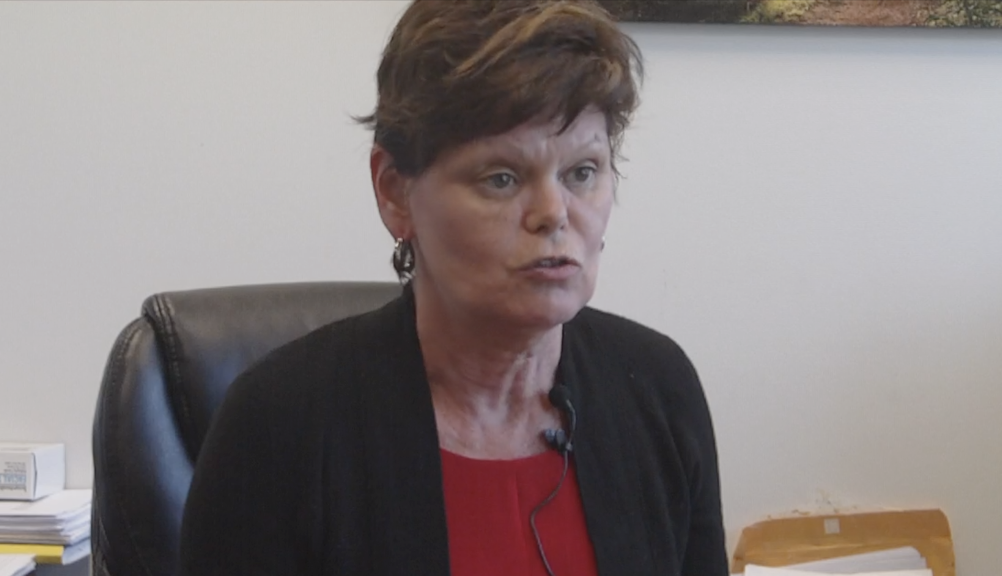Fact: System Changes need Collective Heroes!
- Category: Uncategorised
- Published: Friday, January 31 2020 10:05
- Written by Super User
- Hits: 12772
Heroes are not born, they are developed by collective leaders.
But what exactly is a collective leader? Sebastian Salicru, business psychologist, leadership development expert, executive coach, facilitator, researcher and author for The Professional Training Services (PTS) defines collective leadership as:
"Collective leadership is a social process aimed at accomplishing collective rather than individual goals and it requires collective and coordinated action. Terms such as 'Collective', 'shared', 'distributive' or 'emergent' leadership are often used to describe very similar concepts."
Collective leadership sounds a lot like lean leadership. Like lean leadership, collective leadership breaks down silos; increases knowledge sharing across organizations; power structures change direction; team identification with team responsibility and accountability; greater utilization of talent, higher levels of engagement and commitment; improved inclusion and acceptance of multiple voices; rapid acceptance of change and implementation of innovation; and greater coordination of action and performance outcomes which all lead to better business results. The difference between the two is that lean leadership originated from the business world while Collective leadership originated from the social world.
Cassandra O'Neill and Monica Brinkerhoff of The Nonprofit Quarterly (NPQ) wrote that collective leadership looks at an organization as part of a system instead of a machine. While Western leadership functions from hierarchy, the lean and collective leadership functions as a connected network. Decision making is shared as there is an assumption that people are inherently capable and can be trusted to do the right thing. The focus moves from the individual super hero to the team of super heroes and the belief that success comes from the diverse perspectives and skills of the many. Furthermore, collective leaders empower people to work with multi-stake-holders by collaborating with cross-sectors within community initiatives that have a shared vision. These transformed heroes on the ground, according to the NPQ article, benefit from collective leadership by:
- Better decision and increased effectiveness can be accomplished with multiple perspectives provide better decisions.
- Increased self-direction and internal motivation is the best way to eliminate resistance to change.
- Removing barriers to internal motivation is needed for growth and development through forming a partnership toward a shared goal.
- Shared responsibility makes the workload lighter and feels more successful.
- Realizing potential is important for people as it leads to job satisfaction and better job performance.
- Increased engagement and investment happens when leadership is shared and it energizes people to create.
- Sustainability is maintained in the knowledge of the many, and change is supported by the knowledge.
Whether within the organization's system or without as part of a larger system of organizations, according to Reem Rahman, et all, of the Social Innovation Journal, collective approaches to system changes can be seen as having five major motivations:
- "an effective way to tackle the nature of complex social problems. Certain social problems have the qualities of being large-scale, multi-sector, interconnected, and constantly changing, so they require solutions that have those same qualities as well;
- designed to remain accountable to having impact that reaches the entire community served;
- a more efficient way to optimize resources to overcome fragmented, "service delivery chaos11" by leveraging resources outside of just a single organization;
- an essential way to keep up with the hyper-pace of innovation and change and ensure sustainable value chains; and
- a more realistic way to ensure sustained impact because they pay deliberate attention to diversifying the stakeholders as co-owners."
Rahman and his co-authors of the Social Innovation Journal further believe there needs to be two major mindset shifts in order for collective leadership to be fully accepted:
- Top-down or hierarchical leadership is no longer effective; and acceptance that a few people making key decisions is now spread to many different people and organizations to lead a collective approach to leadership is a better way.
- The methodology of change from strategic planning to emergence. By tackling the root cause of problems through the knowledge that many factors affect every problem within a system. This wider thinking for problem solving looks at the problem as a symptom that is created by interactions within many system loops. Beyond strategic plans is asking the right questions, listening for what matters, and involving all that are involved so that the direction to move emerges from the chaos.
Imagine what would happen if collective and lean leaders were ubiquitous? What if every organization embraced collective and lean leadership? What would it be like if people from all areas of an organization functioned collectively with the organizations they interact with? What would it look like if we empowered all people to be collective heroes? If the healthcare system were to change over to a collective and lean leadership style, how many heroes would be made? This is, after all, the next evolution in healthcare: create the greatest value possible for the patient while connecting the community resources to the patient for the best health outcome.
Let Bryan Research show you how to make heroes in your organization. Contact us at This email address is being protected from spambots. You need JavaScript enabled to view it. or (802) 870 3433 to find out how!
Work Cited
Rahman, Reem, and Michela Fenech, Nadine Freeman, Kris Herbst, Dani Matielo. Social Innovations Journal: "Let's Bust the Lone Hero Myth: The Role of Collective Leadership in Systems Change." November 30, 2018. Web Address: https://socialinnovationsjournal.org/editoins/issues-52/75-disruptive-innovations/2908.
Salicru, Sebastian. The Professional Training Services (TPS): "Collective Leadership: What, How, and Why." August 18, 2015. Web Address: http://www.pts.net.au/collective-leadership-what-how-and-why.
O'Neill, Cassandra and Monica Brinkerhoff. Nonprofit Quarterly: "Five Elements of Collective Leadership." February 1, 2018. Web Address: https://nonprofitquarterly.org/2018/02/01/five-elements-collective-leadership/

